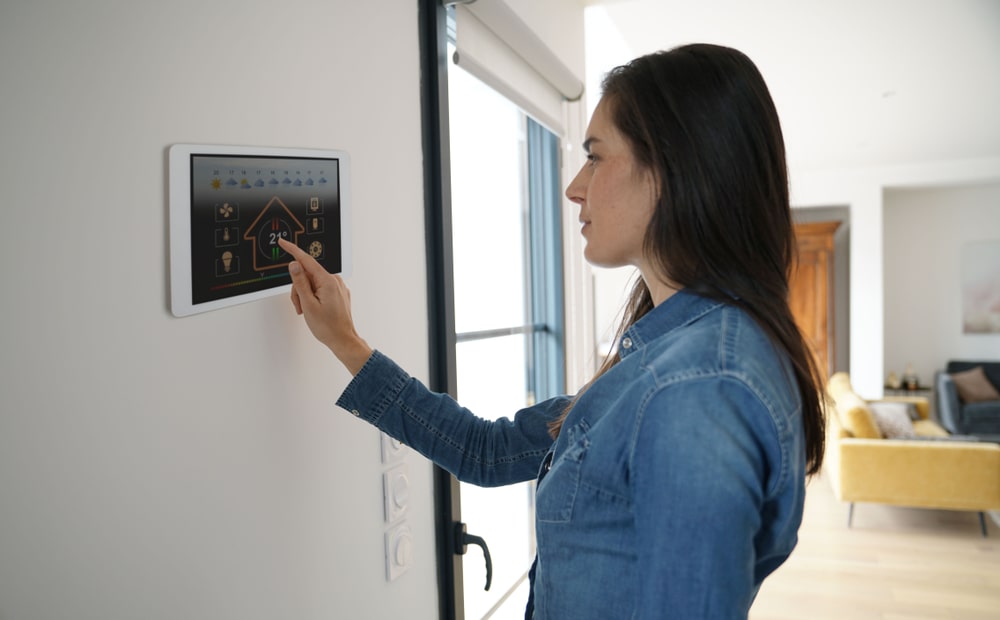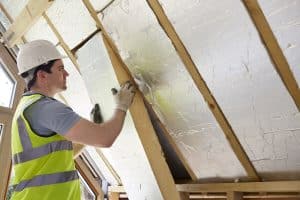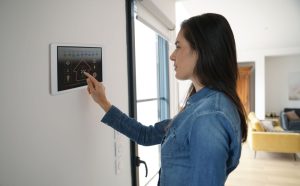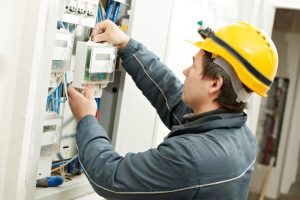Home > Energy Plans > Air Conditioner Energy Saving Tips
Air Conditioner Energy Saving Tips
Are you looking to keep cool in the heat but worried about your power use? Here’s some air conditioner energy saving tips to help you keep your cool this summer
Author
Savvy Editorial TeamFact checked

Are you looking to save on your air conditioning bills while still staying cool? Discover effective and practical air conditioner energy-saving tips to keep your home comfortable without breaking the bank. From optimising thermostat settings, to increasing your roof insulation, we've got you covered with simple strategies that will help you reduce energy consumption and lower your electricity bills. Explore these valuable money-saving tips right here with Savvy.
How can I save on the cost of running my air conditioner?
Use these air conditioning energy saving tips and hints to reduce the cost of staying cool in summer:
General tips:
- Clean and maintain your air conditioner regularly, including the filters, coils and vents, to ensure optimal performance.
- Seal any air leaks in your home to prevent cool air from escaping, and warm air from entering.
- Use ceiling fans in conjunction with your air conditioner to help circulate the cool air more effectively. Check you have your fans set to the summer direction.
- Set your thermostat to a comfortable but energy-efficient temperature, ideally around 24-26°C during summer. A good rule of thumb is to set your air conditioning to be 8°C lower than the outside temperature so your body appreciates the temperature difference.
- Consider upgrading to a programmable or smart thermostat that can adjust the temperature based on your schedule and preferences.
Smart cooling practices
- Close doors and windows when the air conditioner is running to prevent cool air from escaping.
- Use natural shade and curtains to block out direct sunlight, reducing the heat load on your air conditioner.
- Avoid using heat-producing appliances during the hottest parts of the day, as they can increase the cooling load on your a/c unit.
- Opt for cooling specific rooms with a portable or split system air conditioner instead of cooling the whole house if possible.
- Use the sleep or eco mode on your air conditioner at night to save energy while maintaining a comfortable temperature.
Optimise the time you use your cooling
- Take advantage of off-peak electricity rates by running your air conditioner during cheaper hours if the temperate and your energy plan allows it.
- Consider using a timer or delayed start function on your air conditioner to avoid running it for extended periods unnecessarily.
- Always turn off the a/c cooling when you leave the house, and don’t leave it running at night if possible.
Ensure you have proper insulation and ventilation
- Ensure your home is well-insulated, especially the ceiling, walls, and floors, to retain the cool air and prevent heat transfer.
- Use proper ventilation and exhaust fans in areas like the kitchen and bathroom to remove heat and humidity and prevent mould from forming.
Think about alternative cooling methods
- Utilise natural ventilation by opening windows and doors during cooler evenings or early mornings.
- Invest in smaller evaporative coolers if you only need to cool one room or area of the house. These coolers are more energy-efficient than traditional reverse-cycle air conditioners (in dryer climates.)
- Have quick cold showers frequently to reduce your body temperature, rather than turning down the temperate on the air conditioning.
Schedule regular maintenance
- Schedule professional maintenance for your air conditioner at least once a year to ensure it operates efficiently.
- Check for air leaks in your ductwork and repair them promptly to prevent air loss.
Consider energy-efficient upgrades
- When replacing your air conditioner, choose a more energy-efficient model with a high energy star rating.
- Explore renewable energy options, such as solar power, to offset your air conditioner's energy consumption.
Energy-saving habits
- Use fans and open windows where possible to reduce reliance on the air conditioner.
- Dress lightly and use light bedding during hot weather to feel comfortable at higher temperatures.
By following these tips, you can significantly reduce the cost of running your air conditioner, while still maintaining a comfortable indoor environment. Remember to keep well hydrated and drink plenty of cold water to prevent dehydration in very hot weather.
How much do air conditioners cost to run in Australia?
Air conditioners are essential for keeping our homes comfortable during hot Australian summers and chilly winters. However, it's essential to consider the running costs before purchasing an air conditioning unit. For more information on the running costs of various different types of heaters is available with Savvy's winter energy guide.
Annual running costs will vary significantly based on the size and efficiency of the unit, as well as individual usage patterns. To help you make an informed decision, let's explore the running costs of different-sized reverse-cycle air conditioners:
Small air conditioners (up to 4kW)
- Annual costs: $310–$490
- Small air conditioners are ideal for cooling or heating single rooms or smaller spaces. They are generally more affordable, but their running costs can add up over time if used frequently.
Medium-sized air conditioners (4–6kW)
- Annual costs: $450–$600
- Medium-sized air conditioners offer a balance between cooling capacity and energy efficiency. They are suitable for larger rooms or open-plan living areas.
Large air conditioners (over 6kW)
- Annual costs: $550–$1,000
- Large air conditioners are powerful and efficient, making them suitable for cooling or heating larger homes or commercial spaces. Although they have higher upfront costs, their running costs can be more economical in the long run as they can cool a larger area.
Remember that these figures are based on delivering a set amount of cooling and heating per year at maximal capacity, with the rest of the year in standby mode (calculated using an electricity cost of 30 cents/kWh). Actual running costs may vary depending on individual usage habits, your specific energy plan and electricity tariffs, the energy efficiency of the a/c unit and other factors.
How can I work out how much my specific air conditioner costs to run?
To determine how much your air conditioner costs to run, follow these steps:
- Identify the power rating: Locate the wattage rating or power consumption information on your air conditioner. You can usually find this on the appliance itself or in the user manual. The power rating is typically given in watts (W) or kilowatts (kW).
- Convert to kilowatts: If the power rating is in watts, divide it by 1000 to convert it to kilowatts. For example, if your air conditioner has a power rating of 1500 watts, it is equivalent to 1.5 kilowatts.
- Determine daily usage: Estimate the number of hours you typically use your air conditioner each day.
- Check the tariff rate: Refer to your energy bill or contact your energy provider to find out the electricity tariff rate you are being charged for electricity. Tariff rates may vary depending on the time of day, so consider the applicable rate for the specific period when you use the air conditioner.
- Calculate the energy consumption: Multiply the air conditioner's power rating (in kilowatts) by the number of hours it is used daily. Then, multiply this result by the tariff rate per kilowatt-hour (kWh) to calculate the cost of running your air conditioner.
For example, if your air conditioner has a power rating of 2.0 kW and you use it for 6 hours per day, and the tariff rate is $0.30 per kWh:
2.0 kW x 6 hours = 12.0 kWh per day.
Then, 12.0 kWh x $0.30 = $3.60 per day.
By following these steps, you can estimate how much your air conditioner costs to run on a daily basis. This information can help you manage your energy usage and make an informed decision about how often you wish to run your air conditioner to reduce your electricity bills.
Helpful energy guides
Compare energy plans
Disclaimer:
Savvy is partnered with Econnex Comparison (CIMET Sales Pty Ltd, ABN 72 620 395 726) to provide readers with a variety of energy plans to compare. We do not compare all retailers in the market, or all plans offered by all retailers. Savvy earns a commission from Econnex each time a customer buys an energy plan via our website. We don’t arrange for products to be purchased directly, as all purchases are conducted via Econnex.
Any advice presented above is general in nature and doesn’t consider your personal or business objectives, needs or finances. It’s always important to consider whether advice is suitable for you before purchasing an energy plan. For further information on the variety of energy plans compared by Econnex, or how their business works, you can visit their website.










